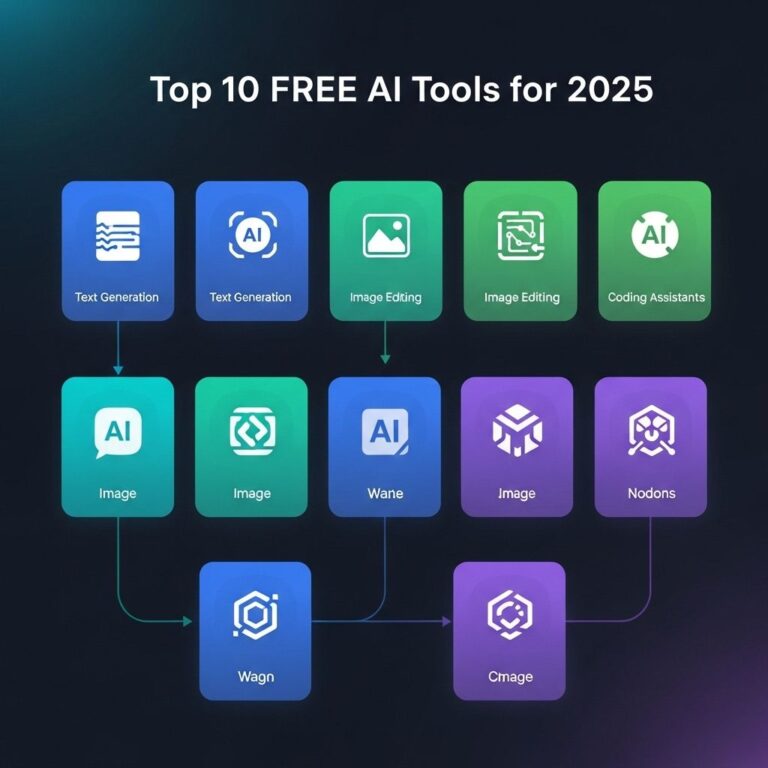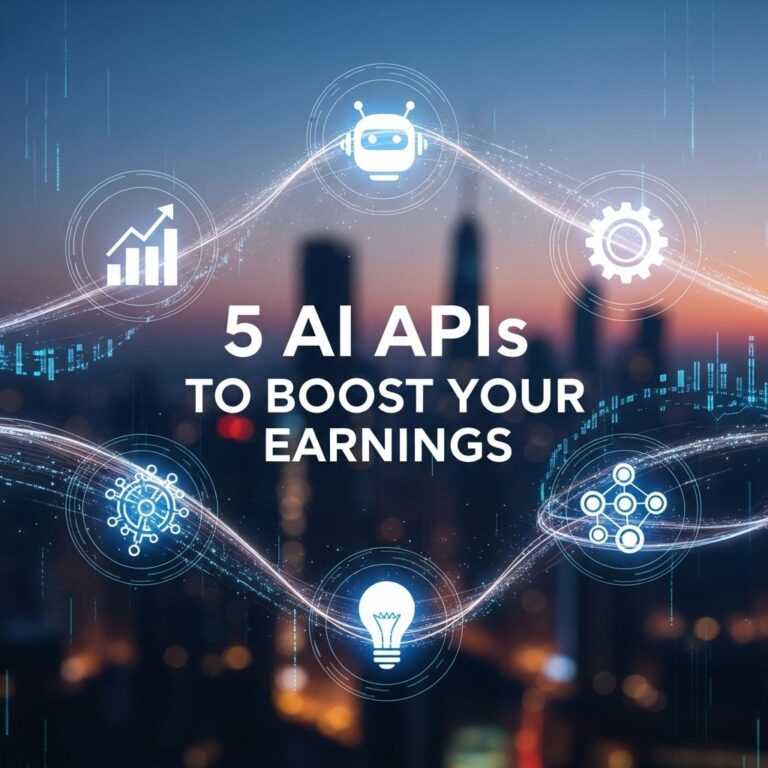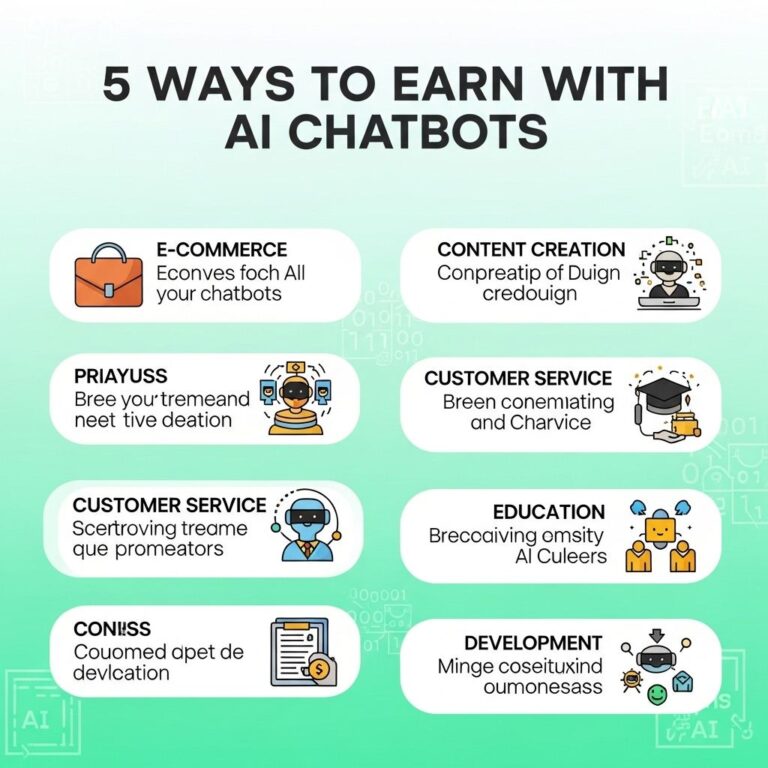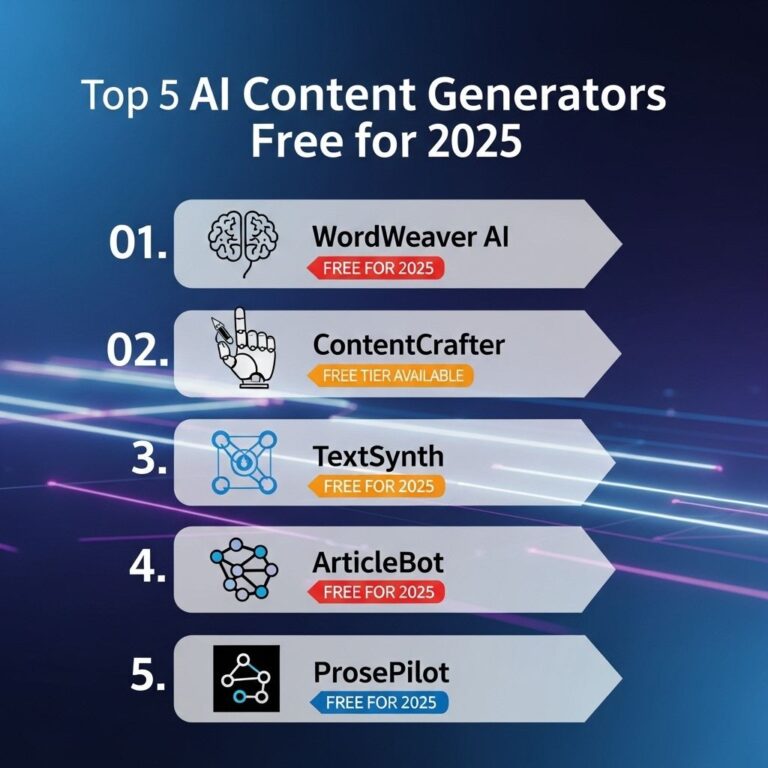The rapid evolution of artificial intelligence (AI) continues to transform industries, enhance productivity, and revolutionize our daily lives. As we look towards 2025, several AI tools are poised to take center stage, offering advanced capabilities that will enable organizations and individuals to achieve remarkable outcomes. This article explores ten of the most promising AI tools that are expected to shape the future, their applications, and why they stand out in the crowded tech landscape.
Table of Contents
1. OpenAI’s GPT-4
Building on the success of its predecessors, OpenAI’s GPT-4 is set to redefine natural language processing. With incredible capabilities in content generation, conversational agents, and language translation, GPT-4 can understand context and nuance like never before.
Key Features:
- Context-aware conversation capabilities
- Enhanced multilingual support
- Ability to generate contextually relevant content
2. Google Cloud AI
Google Cloud AI provides a suite of machine learning services designed to help organizations leverage data. With tools for natural language processing, vision AI, and AutoML, businesses can implement AI solutions without extensive expertise in machine learning.
Benefits:
- Scalable infrastructure for machine learning projects
- Integration with existing Google services
- User-friendly interface for model training
3. Microsoft Azure AI
Microsoft’s Azure AI platform is a comprehensive suite that offers AI services, including vision, speech, and decision-making capabilities. This platform is ideal for companies looking to integrate AI into their existing workflows and applications.
Notable Tools:
| Tool | Description |
|---|---|
| Cognitive Services | Pre-built APIs for vision, speech, language, and decision-making |
| Azure Machine Learning | A complete platform for building, training, and deploying machine learning models |
| Bot Services | Framework to build chatbots with natural language understanding |
4. IBM Watson
IBM Watson has been a leader in AI since its inception, offering powerful tools for data analysis, natural language processing, and automation. It is particularly strong in industries such as healthcare and finance.
Use Cases:
- Medical diagnosis support
- Risk assessment in financial transactions
- Chatbots for customer service
5. TensorFlow
TensorFlow, developed by Google, is an open-source framework for machine learning and deep learning. It enables developers to build and deploy robust AI applications easily and efficiently.
Advantages:
- Flexible architecture allowing easy model construction
- Strong community support and resources
- Integration with various platforms and languages
6. Salesforce Einstein
Salesforce Einstein is an AI technology within the Salesforce platform that delivers AI capabilities at every level of the CRM process. It helps companies improve customer experiences through predictive analytics and automation.
Features:
- Predictive lead scoring
- Automated recommendations
- Natural language processing for customer interactions
7. Hugging Face Transformers
Hugging Face has quickly become a go-to resource for developers working with natural language processing. Its Transformers library offers a wealth of pre-trained models that can be fine-tuned for specific tasks.
Why Choose Hugging Face:
- User-friendly API and documentation
- Access to state-of-the-art models
- Active community for support and collaboration
8. Apache Kafka
Apache Kafka is an open-source stream processing platform capable of handling large volumes of data in real-time. As businesses increasingly rely on data-driven decision-making, Kafka provides a robust framework for processing and analyzing streams of data efficiently.
Key Uses:
- Real-time data analytics
- Event sourcing
- Log aggregation
9. DataRobot
DataRobot is an enterprise AI platform that automates the process of building, deploying, and maintaining machine learning models. It allows organizations to leverage data science without needing extensive expertise in the field.
Significant Advantages:
- Automated model selection and tuning
- Integration with various data sources
- User-friendly dashboard for monitoring and analysis
10. NVIDIA Deep Learning AI
NVIDIA is at the forefront of AI hardware and software with its deep learning frameworks. Their GPUs are essential for training complex neural networks, and their software libraries provide tools for building advanced AI applications.
Highlight:
- High-performance computing for training AI models
- Comprehensive software libraries like CUDA and cuDNN
- Support for a wide range of AI research and applications
Conclusion
As we approach 2025, the landscape of artificial intelligence is becoming increasingly diverse and powerful. The tools mentioned above represent just a fraction of the innovations that will emerge, but they are crucial for organizations looking to stay competitive in a data-driven world. By leveraging these advanced AI technologies, businesses can optimize their processes, enhance customer experiences, and drive innovation across various sectors. Embracing these tools will not only prepare companies for the future but also enable them to harness the full potential of AI in their operations.
FAQ
What are the top AI tools to consider for 2025?
Some of the top AI tools to consider for 2025 include advanced machine learning platforms, natural language processing tools, AI-driven analytics software, and automation tools that enhance productivity.
How can AI tools benefit businesses in 2025?
AI tools can benefit businesses in 2025 by improving efficiency, enhancing customer experiences, automating repetitive tasks, and providing data-driven insights for better decision-making.
Are there AI tools specifically designed for small businesses in 2025?
Yes, there will be several AI tools tailored for small businesses in 2025, focusing on affordability and ease of use, helping them compete with larger enterprises.
What industries will benefit the most from AI tools in 2025?
Industries such as healthcare, finance, retail, and manufacturing are expected to benefit the most from AI tools in 2025, leveraging them for improved efficiency and innovation.
How do I choose the right AI tool for my needs in 2025?
To choose the right AI tool for your needs in 2025, assess your specific business goals, evaluate the features and scalability of tools, consider user-friendliness, and look for customer support options.
What trends in AI tools should I watch for in 2025?
Key trends in AI tools to watch for in 2025 include increased automation, advancements in machine learning algorithms, greater emphasis on ethical AI, and the integration of AI with other emerging technologies like IoT.









